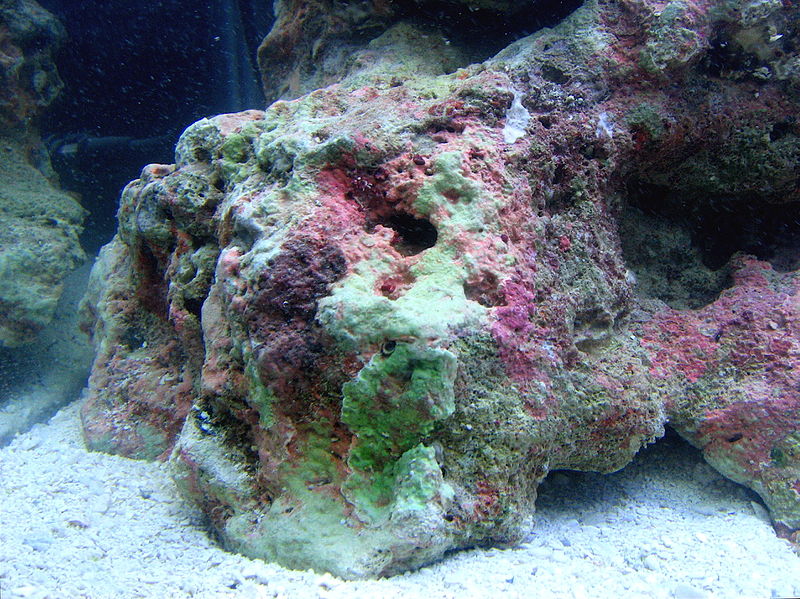zozo
Member
That is what I actually love about the German language and the way they try not to complicate things by giving it a neutral name that doesn't confuse things... And they come up with the most beautiful names and rarely use any loanwords... Why should you if you can create your own and keep it simple?. 🙂
They simply name the entire group (epiphytes etc.) regardless of what it grows to "Aufsitzerplanzen" which is literally translated as "On sitting plants" this eliminates all confusion about what is what when it sits on this or that. Whatever it is, it's sitting on it...
They simply name the entire group (epiphytes etc.) regardless of what it grows to "Aufsitzerplanzen" which is literally translated as "On sitting plants" this eliminates all confusion about what is what when it sits on this or that. Whatever it is, it's sitting on it...
Last edited:



